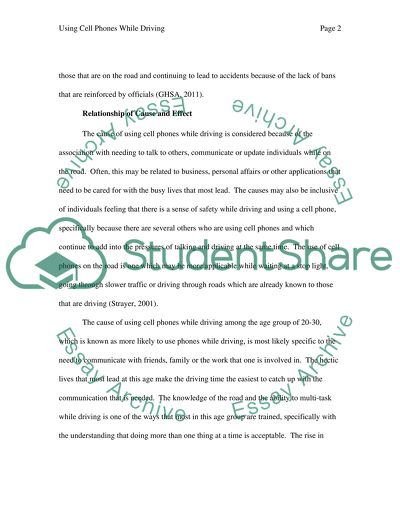Cite this document
(“Using Cell Phones While Driving Term Paper Example | Topics and Well Written Essays - 2250 words”, n.d.)
Retrieved from https://studentshare.org/environmental-studies/1414063-using-cell-phones-while-driving
Retrieved from https://studentshare.org/environmental-studies/1414063-using-cell-phones-while-driving
(Using Cell Phones While Driving Term Paper Example | Topics and Well Written Essays - 2250 Words)
https://studentshare.org/environmental-studies/1414063-using-cell-phones-while-driving.
https://studentshare.org/environmental-studies/1414063-using-cell-phones-while-driving.
“Using Cell Phones While Driving Term Paper Example | Topics and Well Written Essays - 2250 Words”, n.d. https://studentshare.org/environmental-studies/1414063-using-cell-phones-while-driving.


